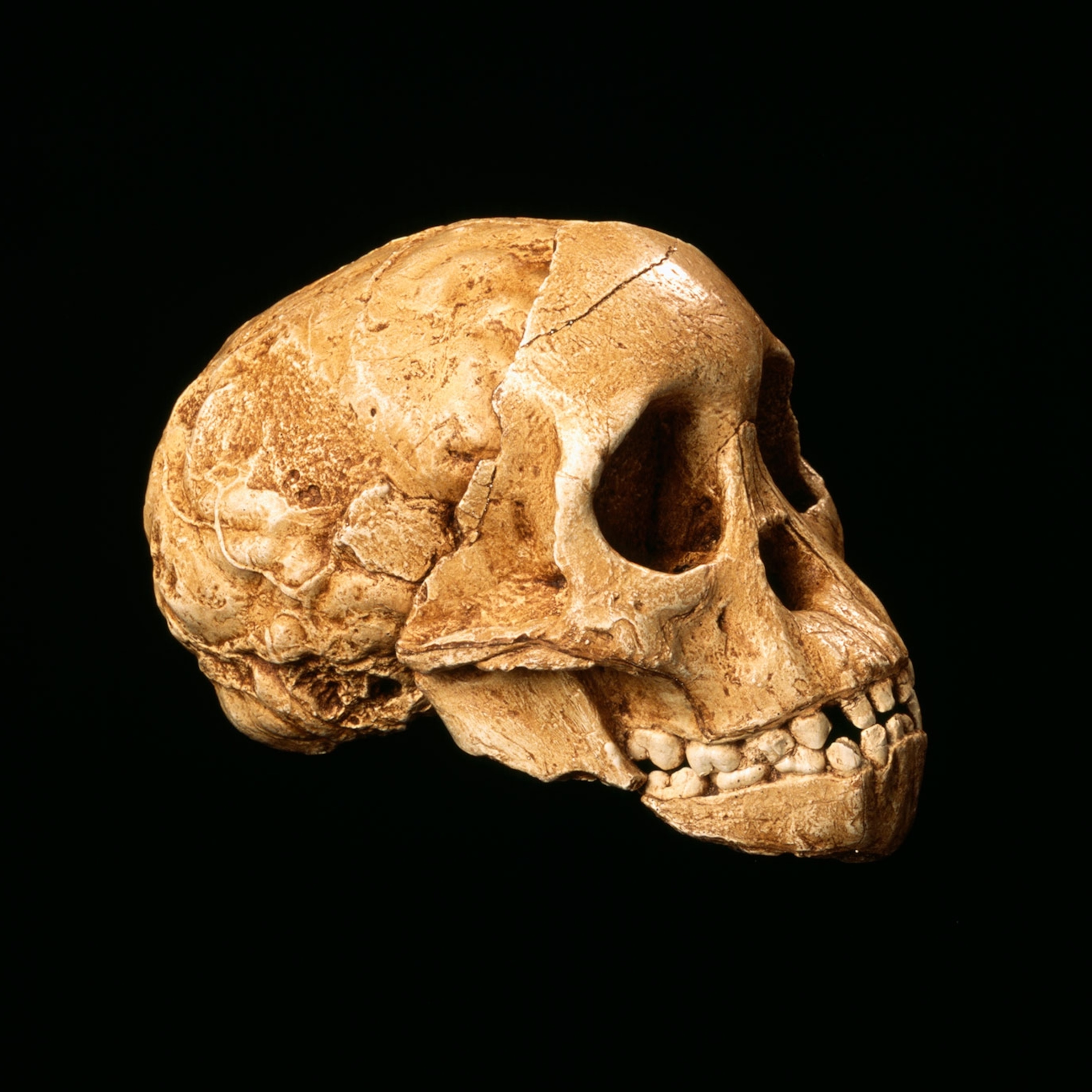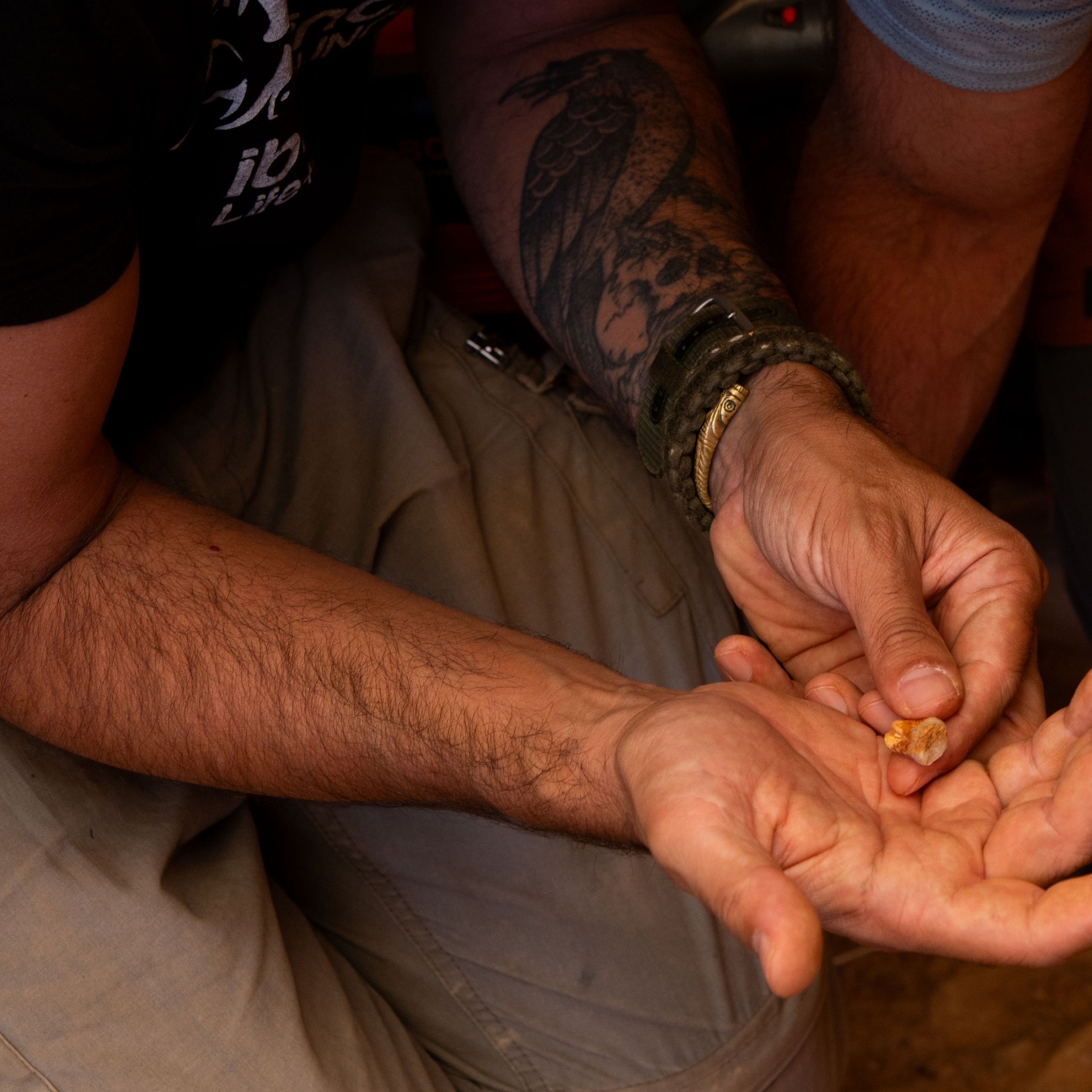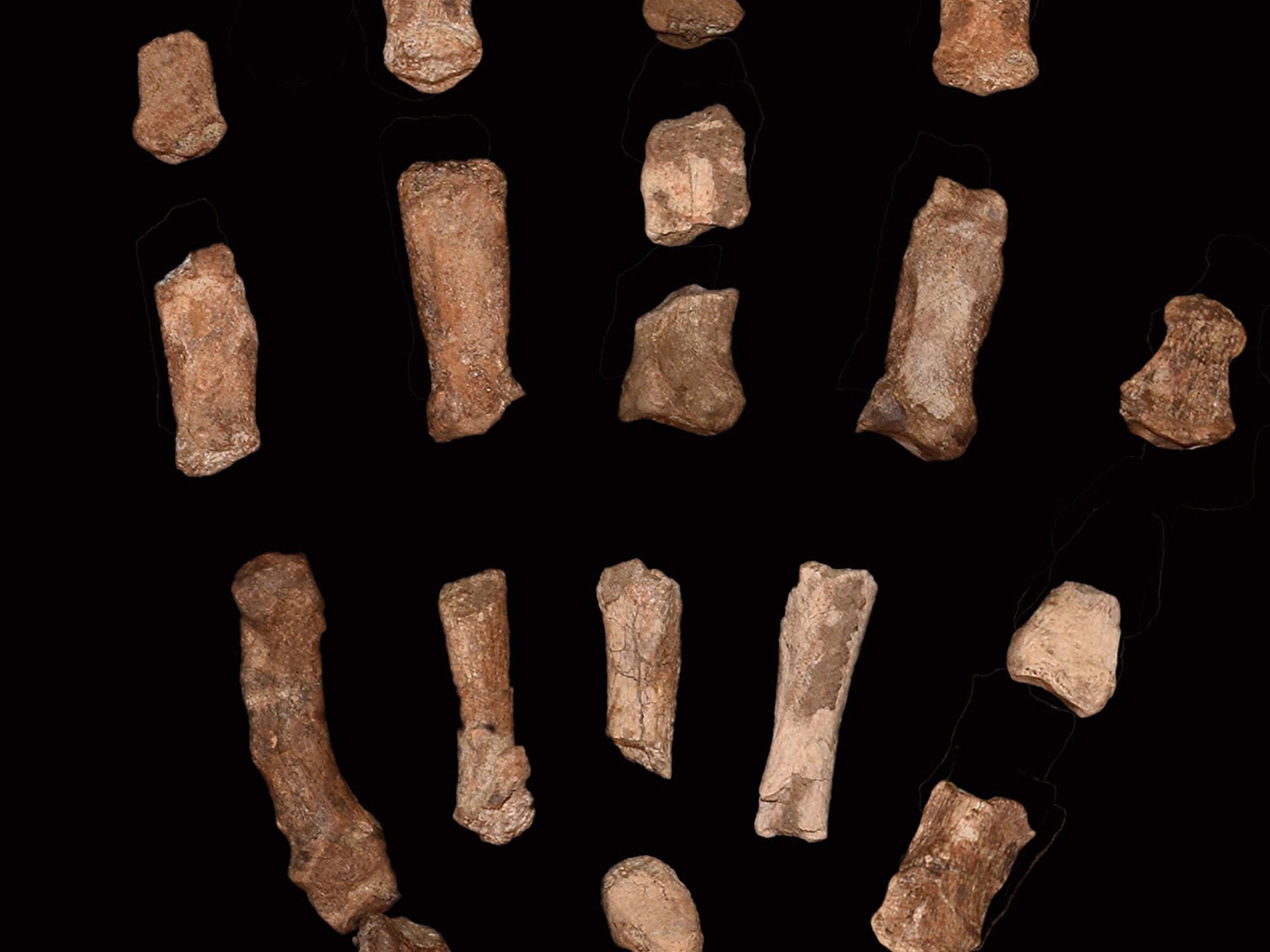
Where Is the Birthplace of Humankind? South Africa and East Africa Both Lay Claims
The new human fossils from South Africa have added fuel to a long-standing debate over the geographical origins of our species.
If you drive into the high veld country an hour northwest of Johannesburg, South Africa, you might not even notice when you cross into the Cradle of Humankind. The reason 180 square miles of open grasslands and scattered acacia and stinkwood trees have been given such a resonant honorific—it’s a World Heritage site, no less—lies mostly hidden underground, in the fossil-rich labyrinth of caves and sinkholes that riddle the limestone bedrock. On Thursday, scientists announced a new offering from the Cradle of Humankind: an ancient species called Homo naledi. Judging by the features of the fossil bones, H. naledi may indeed be one of the earliest members of our genus. So are these rolling hills truly the birthplace of humanity? Or do our deepest roots trace to the barren outcrops of East Africa, where the Leakeys made their groundbreaking discoveries and the famously bipedal ape Lucy was found?
The Southern Ape
South Africa’s initial claim to be humanity’s home goes back almost a hundred years. In 1924, anatomist Raymond Dart found a skull of a juvenile primate among a box of fossil-bearing rocks sent to him by the manager of a quarry at Taung, on the edge of the Kalahari Desert. Despite a tiny brain and other apelike features, the position of the opening at the base of the skull convinced Dart that the “Taung child” had walked upright like a human. He described the find as Australopithecus africanus (“southern ape of Africa”).
For many years, the Taung child remained an isolated oddity that few scientists took seriously. An exception was Scottish doctor and paleontologist Robert Broom, who in 1936 discovered the first fragments of an adult australopithecine in Sterkfontein, today’s most visited cave in the Cradle of Humankind. Broom later found a nearly complete pelvis there, confirming that australopithecines were upright walkers. Broom planted the South African fossils firmly on the scientific map in a 1946 study, concluding that these ancestors were “nearly men, and were certainly closely allied to mankind.”
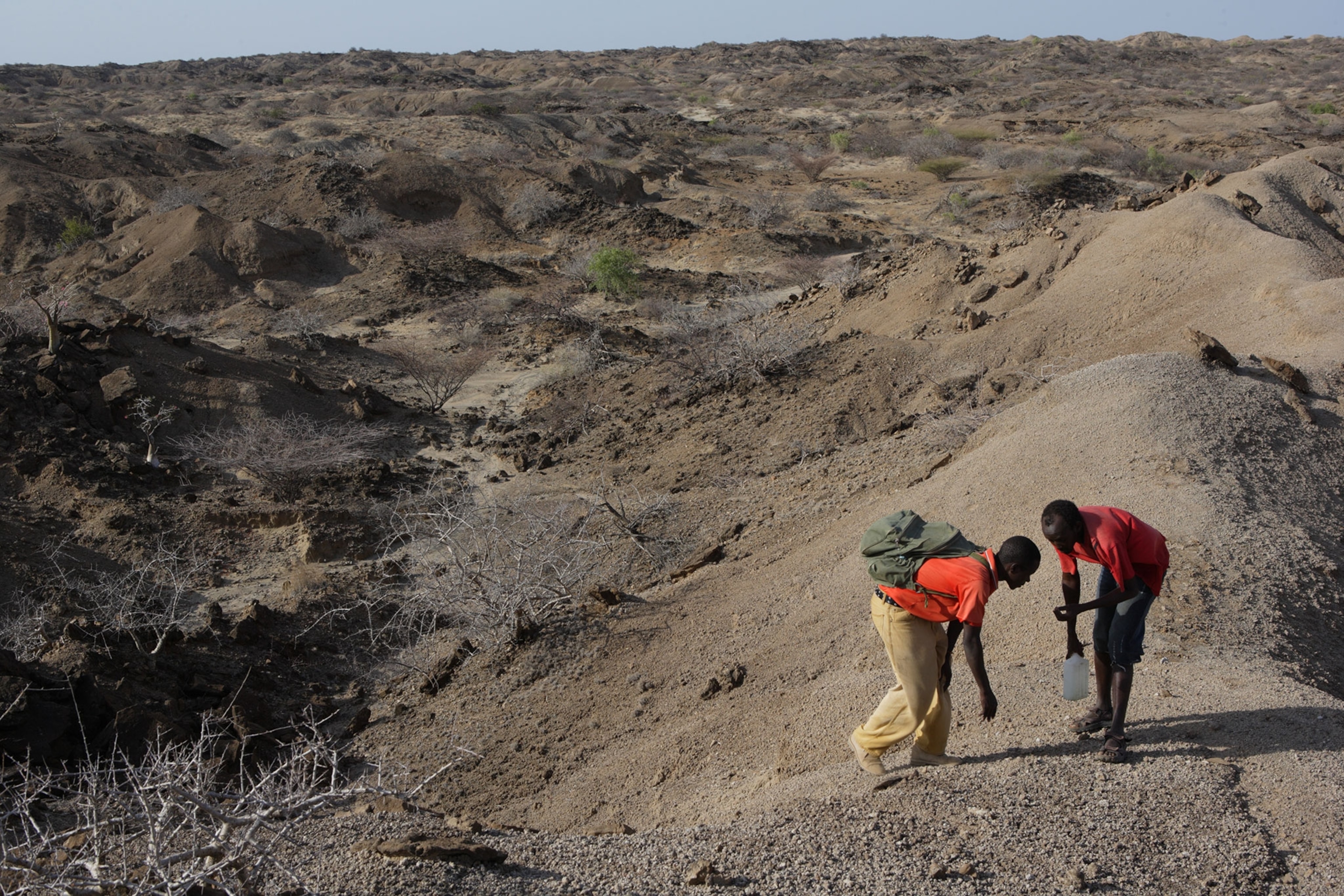
East Side Story
At the time of Broom’s study, Louis Leakey, the Kenyan-born son of English missionaries, was struggling to vindicate his long-held belief that humanity was in fact rooted in his native East Africa. His quest finally bore fruit in 1959, when he and his wife, Mary, discovered an australopithecine skull in Tanzania’s Olduvai Gorge. A year later, the Leakeys found fossils of a more advanced species, seemingly a bridge from the australopithecines to us. They dubbed it Homo habilis, or “handy man,” after a scatter of stone tools close by.

Aided by Leakey’s charismatic personality—and extensive coverage by National Geographic—the finds drew global attention. But what really moved the human origins spotlight to East Africa was the ability to accurately pin an age on the bones the Leakeys and others were uncovering. While neither the fossils nor the ancient sediments they were found in could be dated directly, volcanic ash layers interspersed between the sediments, like layers of icing in a cake, could be dated by the clocklike decay of their radioactive elements, fixing limits to the age of the fossil-rich sediments above or below. These volcanic ash deposits are a feature throughout the Great Rift Valley running north to south through East Africa, so the ability to date them proved crucial not only for Louis and Mary Leakey’s finds at Olduvai Gorge but also for the later discoveries of their son Richard on the shores of Lake Turkana in Kenya, and for the team led by Donald Johanson that discovered the Lucy skeleton in Hadar, in Ethiopia, in 1974.
Being able to date fossils enabled researchers to know how old they were in relationship to each other, connecting the discoveries emerging from the East African Rift into a phylogeny—a human family tree. Johanson and his collaborator Tim White assigned the Lucy skeleton and some other fossils to a new species, Australopithecus afarensis, dated to 3.2 million years ago. In their phylogeny, A. afarensis was the ancestor to Homo habilis, at a little under two million years old the most primitive member of our genus. H. habilis evolved into the younger, more advanced species Homo erectus, which in turn evolved into us. And Dart’s “southern ape,” A. africanus? Along with some other species with robust skulls and teeth and gorilla-like crests on their craniums, it was assigned to an extinct side branch of the family tree.
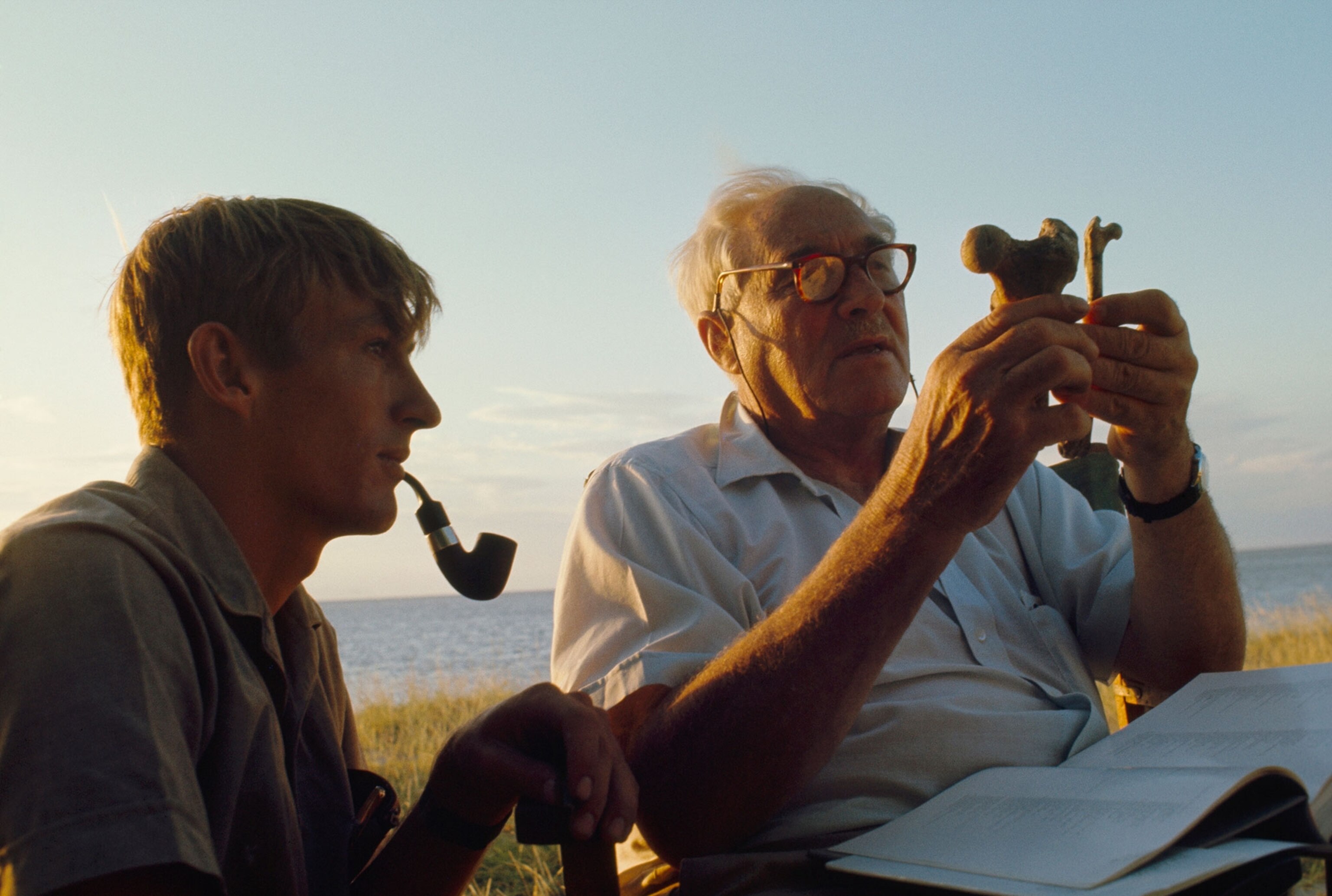
Firmly planted in East Africa, that version of the family tree cast a shadow over South Africa. Some new fossils were still emerging from the Cradle of Humankind, including a spectacular australopithecine skeleton dubbed Little Foot, more complete than any ever found, Lucy included. But it took its discoverer, Ron Clarke, 15 years to free it from the rock that entombed it deep in Sterkfontein cave.
And like many other South Africa finds, Little Foot suffers from an uncertain date. There are no neat layers of sediment with time stamps of volcanic ash in South African caves. Slightly acidic rainwater percolates down through the limestone and etches out a chaos of chambers, fissures, shafts, and passages. Fossils might end up there by many routes, at many times, with little information on what happened when.
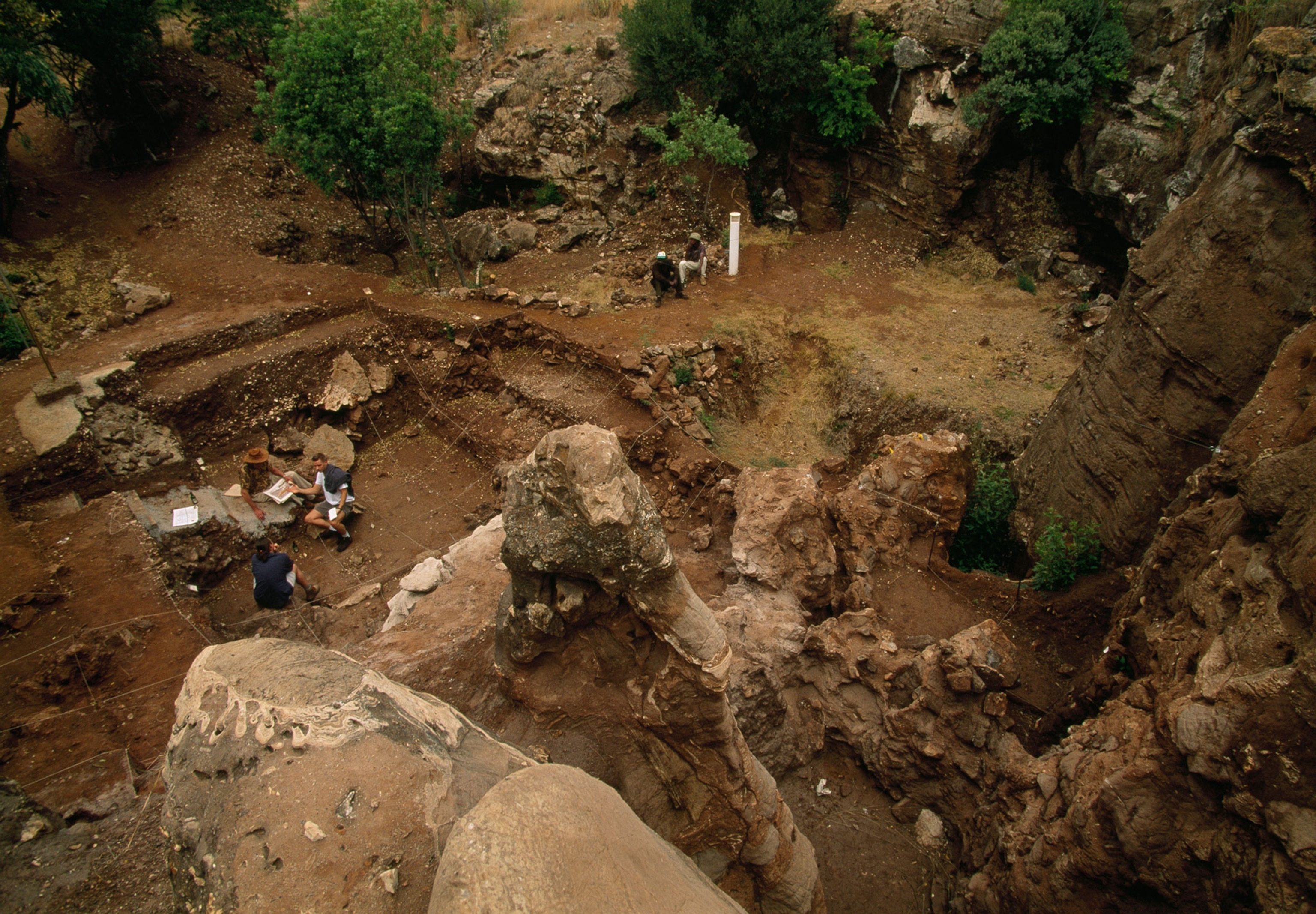
The Plot Thickens
With so many challenges, the prospects for major breakthroughs in South Africa might seem unpromising. But recently, Lee Berger’s gift for finding astonishing fossil caches has pulled attention back to the Cradle of Humankind. At a site called Malapa in 2008, and now in the Rising Star cave ten miles away, his team has uncovered unprecedented numbers of fossil bones, adding two completely new species to the human family tree. Armed with their tantalizing mix of primitive and advanced features, Berger has become the champion of a resurgent South African claim to be the true birthplace of humankind.
The role in human origins of the Homo naledi skeletons from Rising Star hangs in limbo, awaiting experimental techniques that might solve the question of their age. But Berger’s finds at Malapa, dubbed Australopithecus sediba, proved amenable to a technique called uranium-lead dating. At two million years, they are not as old as the earliest known fossil of the genus Homo in East Africa—a 2.8 million-year-old jaw found recently at a site called Ledi-Geraru, in Ethiopia.
Berger argues that regardless of its age, A. sediba stands as the best candidate for the most recent ancestor of our genus—we just haven’t yet found other, earlier fossils of its kind that predate the Ledi-Geraru jaw. That may sound like special pleading, but a recent independent analysis roping in data from 13 separate studies of hominin relationships came to the same conclusion. So does that rock the human cradle back toward South Africa? Not necessarily.
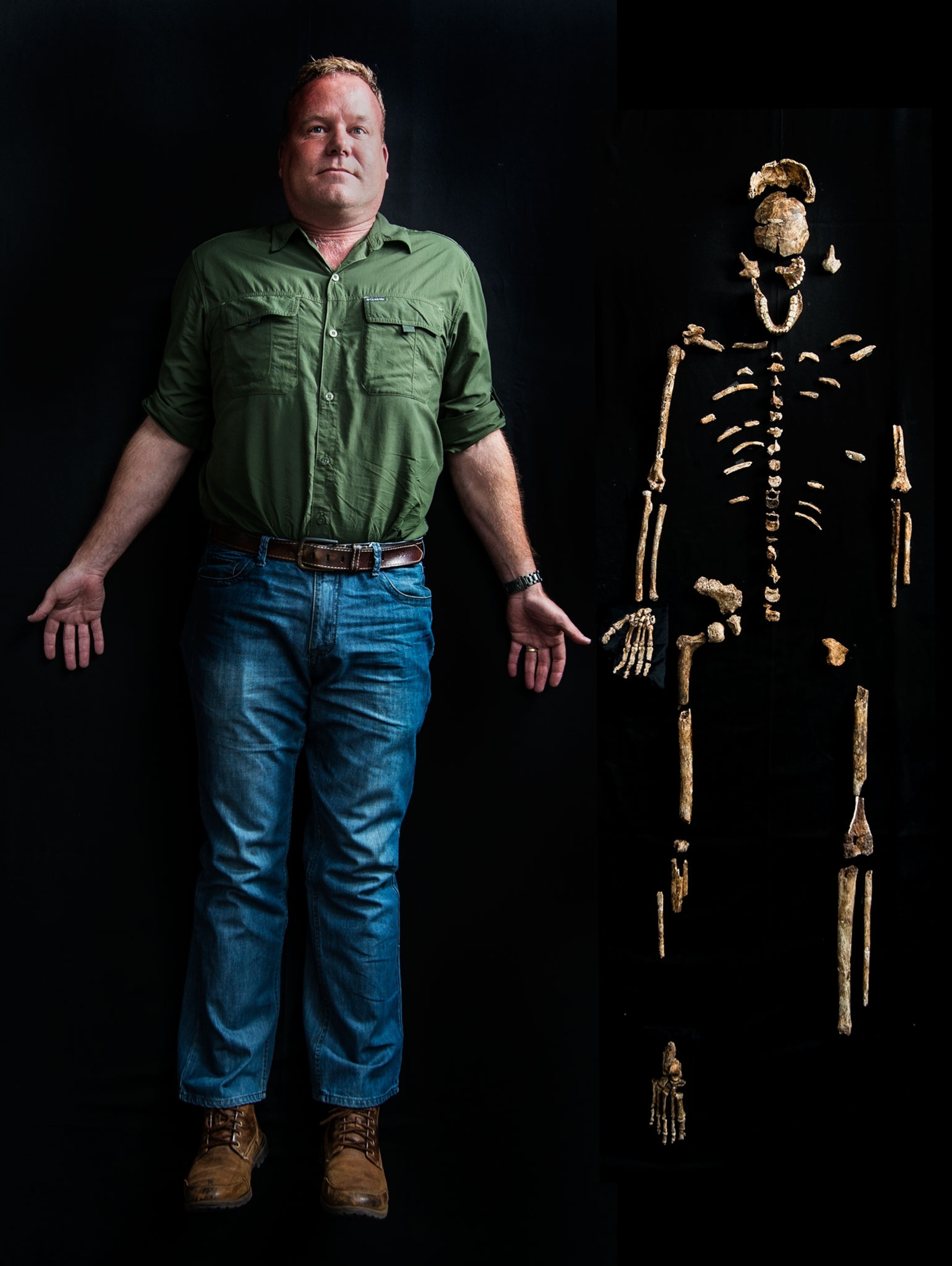
“What it all seems to point to,” says paleontologist Brian Richmond,” is that although sediba probably shared a common ancestor with Homo much farther back in the past, sediba itself is too late to be directly on the human line. And whether that earlier common ancestor was in South Africa, or East Africa, or some entirely different part of Africa, we still can’t tell.”
Whatever the verdict on Berger’s claims, Malapa and Rising Star have turned fresh eyes to the South African caves, and with each new find there, the scenario of our origins grows more intricate and complex. Meanwhile, some 97 percent of the continent has yet to be investigated by fossil hunters.
"If you imagine our human origins as a 500-piece jigsaw puzzle,” says paleontologist Patricia Kramer, “then today we have maybe eight pieces near the east edge and four pieces from the south. We can grasp a bit of the pattern, but we're nowhere near seeing the whole picture. And neither the east nor the south are more important than each other. We need both.”
Evan Hadingham is a senior writer for the PBS series NOVA.


